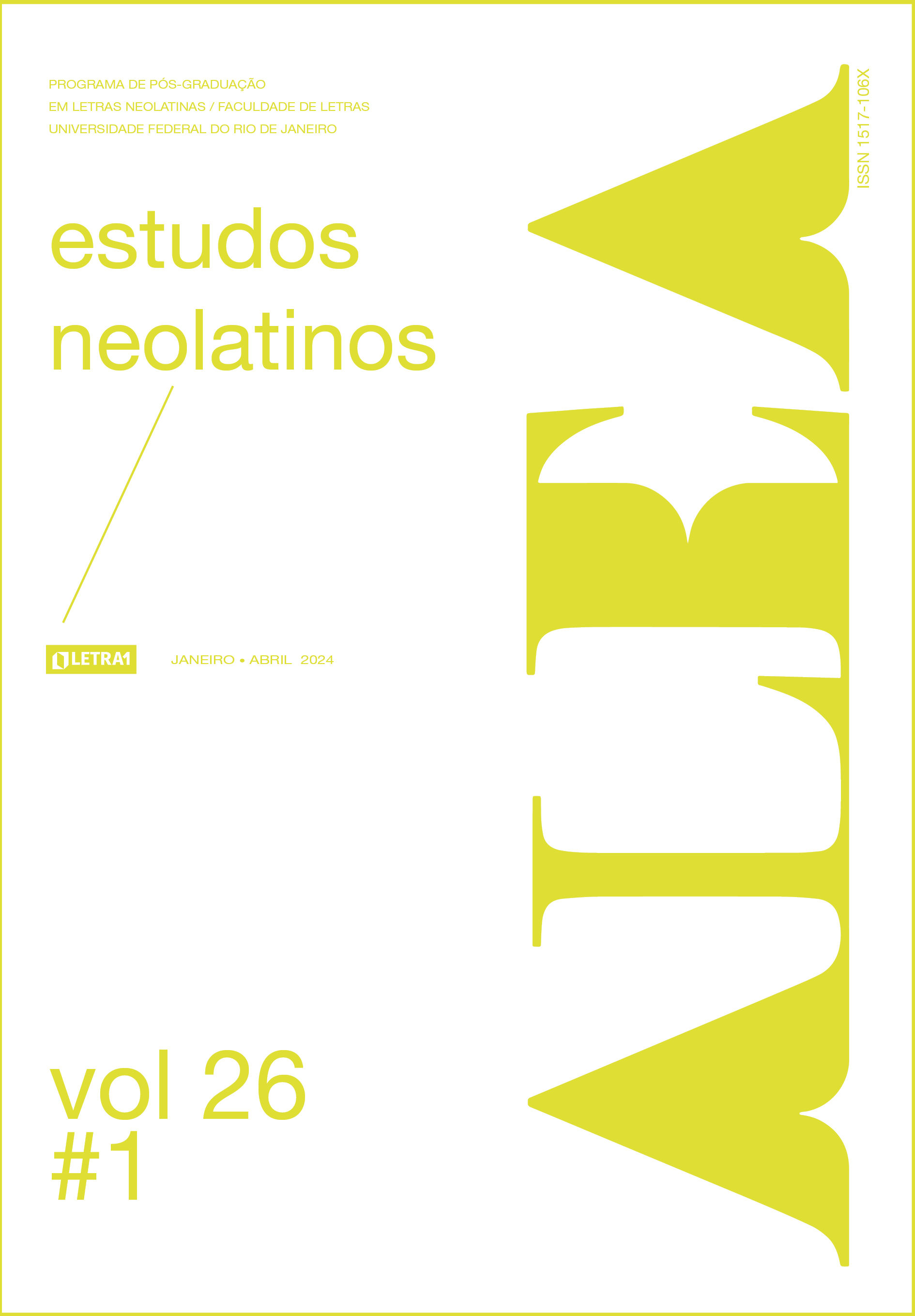La Niña de Plata: a história de dona Maria de Padilha e Dom Pedro I por Lope de Vega
DOI:
https://doi.org/10.1590/1517-106X/2024e62125Abstract
Das Cronicas de Ayala à entidade pombogira, as tradições sobre Maria de Padilha atravessaram muitas encruzilhadas, inclusive aquela percorrida pela comédia no século XVII. No impresso de 1617, vemos na Novena Parte de Lope de Vega a comédia La Niña de Plata contar a história de don Pedro I e seu meio-irmão don Enrique, além da história de Dorotea, que é um modelo de mujer ingeniosa codificado por Lope de Vega na Novena Parte. Argumentamos que podemos supor a presença de Maria de Padilha na peça através do ambiente de cortesania e que Dorotea e Padilha são mujeres ingeniosas.
Downloads
Published
Issue
Section
License
THE AUTHOR/S confirm/s his, her or their participation in all stages of work preparation: 1) Conception, project, bibliographical research, analysis and interpretation of data; 2) Writing and reviewing the manuscript; 3) Approval of the final version of the manuscript for publication; 4) Responsibility for all aspects of the work and guarantee for the accuracy and integrity of any part of the work. The submission of works implies the immediate cession, without onus, by all authors, of publication rights to the journal Alea, licensed under CC BY (https://creativecommons.org/licenses/by/4.0/). The authors are fully responsible for the content of the article and continue to hold all copyrights for subsequent publications of it, and should, if possible, include the reference to the first publication in the journal. Alea does not commit to returning received contributions. Authors of articles, reviews or translations will receive a copy of the journal.

